Solar System
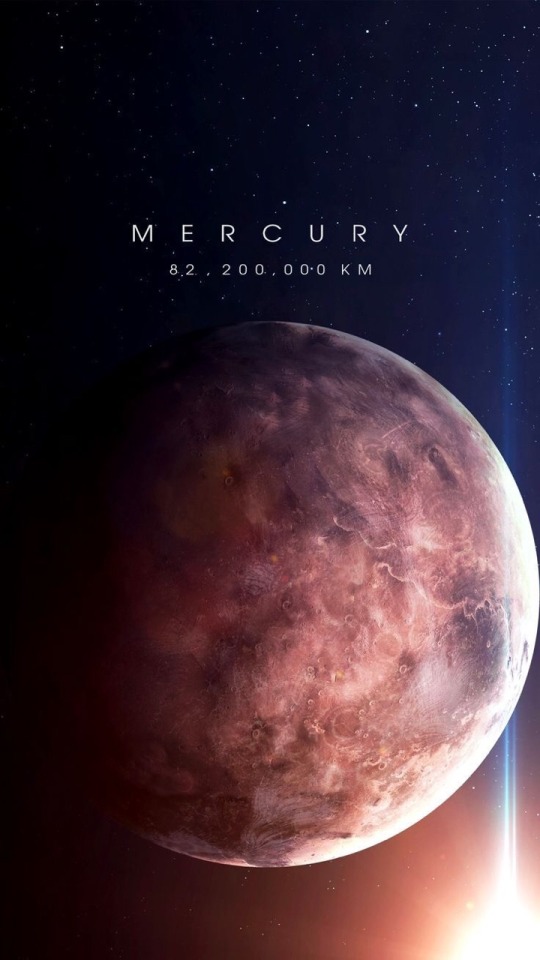
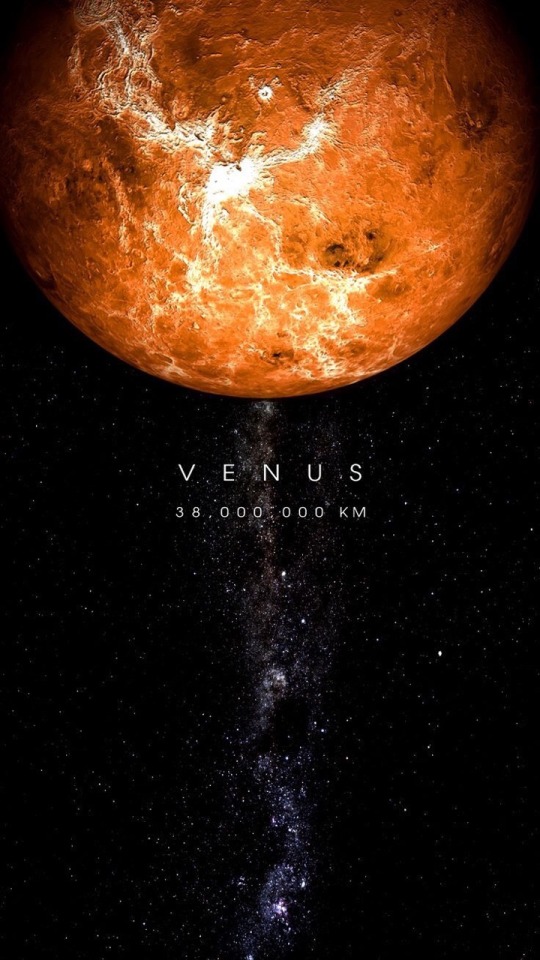
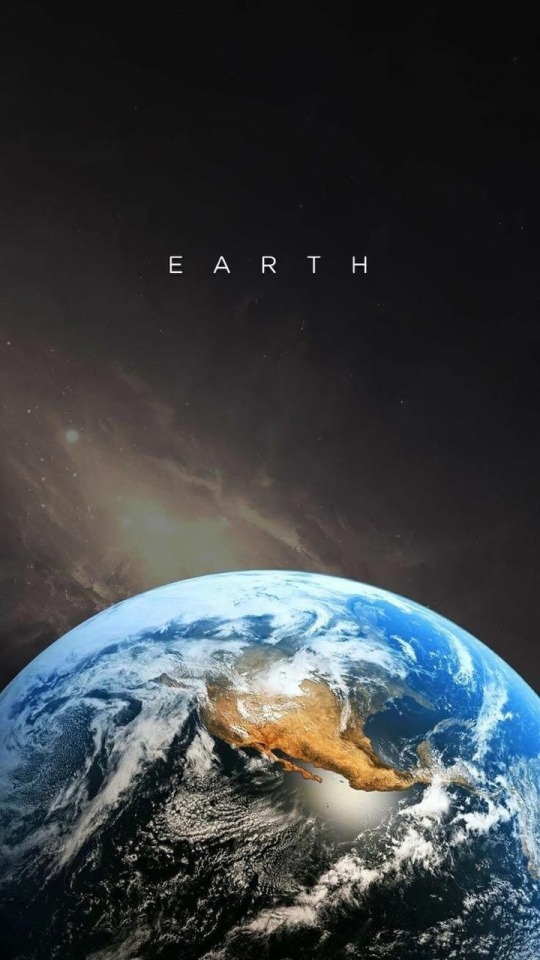
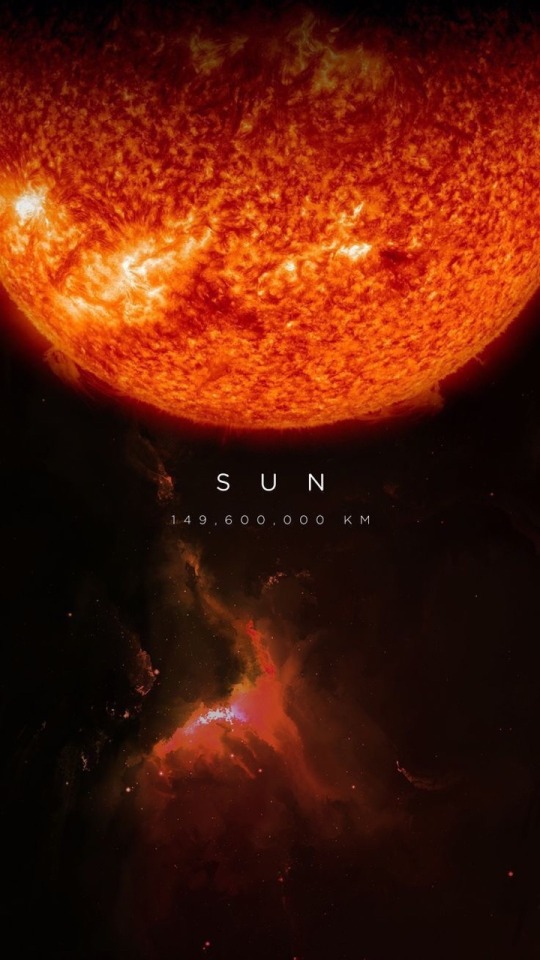
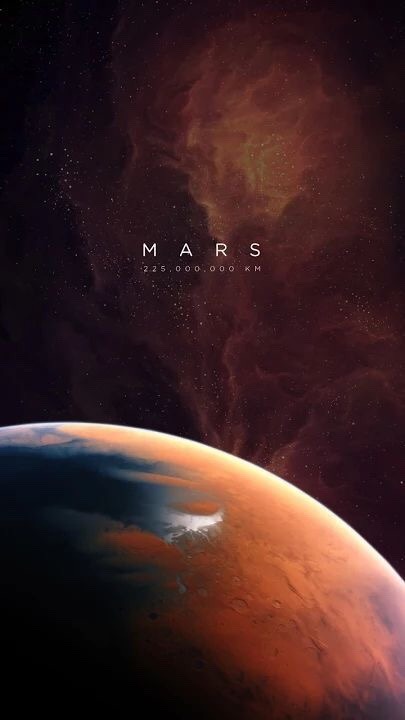
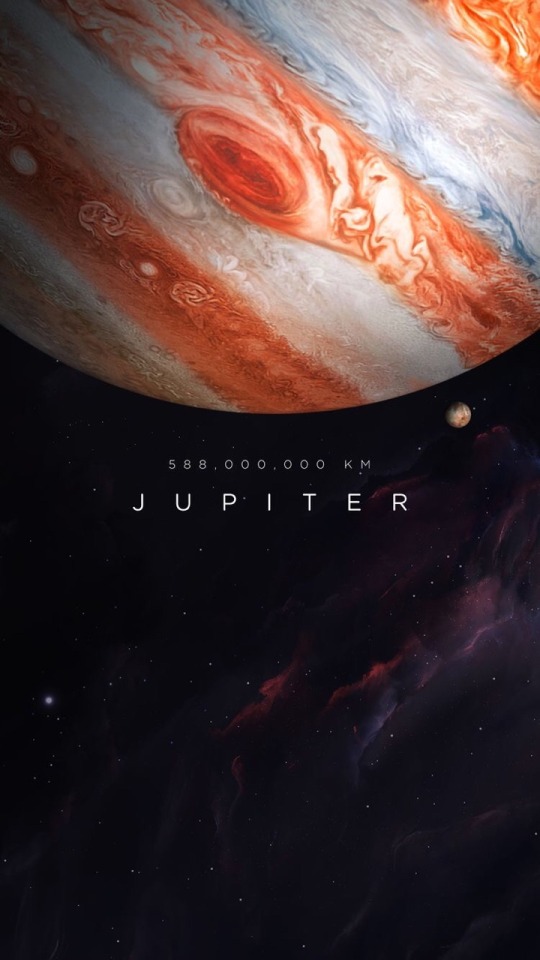
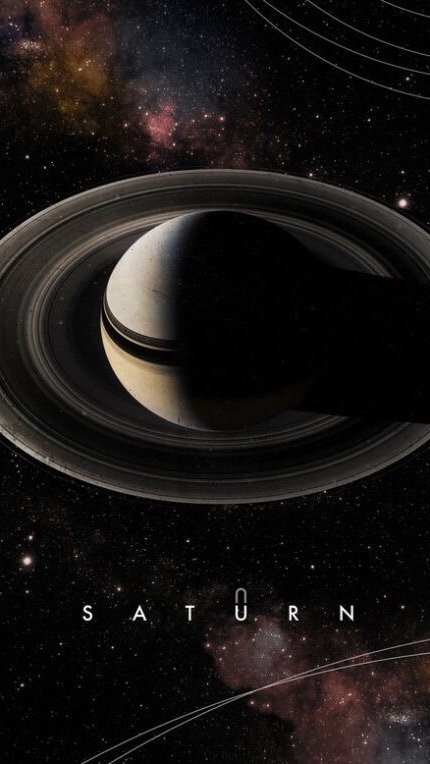
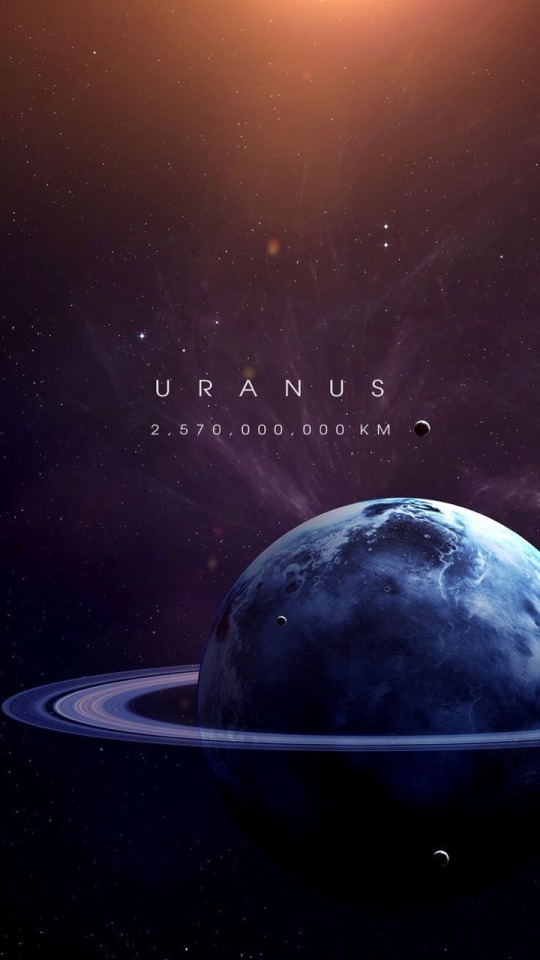
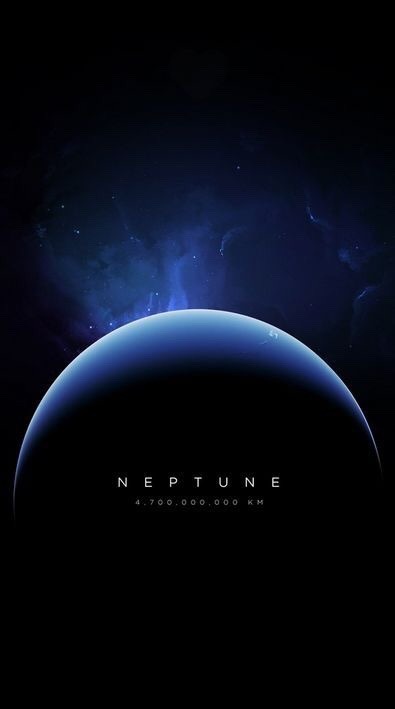
Solar System
•please like or reblog if you use
More Posts from Calamansis and Others






A Wolf Called Romeo by Nick Jans
One day in Juneau, Alaska, a black wolf appeared out in the open of a snowy field while Nick Jans (photographer and author) was outside his back porch with his pet Labrador. Usually, wolves do not encounter humans, so when he first saw the wolf, he was in shock and in fear. His dog, however, went out to greet the black wolf. It turned out that the wolf was being friendly. The Labrador and wolf started to play together as Nick captured the exciting moment on his camera. The black wolf earned the name “Romeo” because of his playfulness toward the humans and other dogs. Everyone was skeptical of the wolf at first. Soon they realized that the wolf was no harm to the townspeople and the other dogs. The black wolf had an understanding that creating a friendship and bond with the humans and dogs would bring harmony to the species. The wolf visited the townspeople for six years until one day, he was shot by a couple of poachers visiting from outside the state. It was a very tragic event. After the event, the townspeople held a memorial to remember Romeo. Nick eventually wrote a book about the friendship between Romeo and him.
“Romeo and Nick shared a bond that was probably what the first humans who domesticated dogs felt about their dogs. More than about building trust, it was about understanding need for friendship that even the wildest animal feels.”
Video
Remember the Women Who Made #Apollo50th Possible
As the world celebrates the 50th anniversary of the historic Moon landing, we remember some of the women whose hard work and ingenuity made it possible. The women featured here represent just a small fraction of the enormous contributions made by women during the Apollo era.
Margaret Hamilton, Computer Programmer

Margaret Hamilton led the team that developed the building blocks of software engineering — a term that she coined herself. Her systems approach to the Apollo software development and insistence on rigorous testing was critical to the success of Apollo. In fact, the Apollo guidance software was so robust that no software bugs were found on any crewed Apollo missions, and it was adapted for use in Skylab, the Space Shuttle and the first digital fly-by-wire systems in aircraft.
In this photo, Hamilton stands next to a stack of Apollo Guidance Computer source code. As she noted, “There was no second chance. We all knew that.”
Katherine Johnson, Aerospace Technologist

As a very young girl, Katherine Johnson loved to count things. She counted everything, from the number of steps she took to get to the road to the number of forks and plates she washed when doing the dishes.
As an adult, Johnson became a “human computer” for the National Advisory Committee for Aeronautics, which in 1958, became NASA. Her calculations were crucial to syncing Apollo’s Lunar Lander with the Moon-orbiting Command and Service Module. “I went to work every day for 33 years happy. Never did I get up and say I don’t want to go to work.“
Judy Sullivan, Biomedical Engineer

This fabulous flip belongs to biomedical engineer Judy Sullivan, who monitored the vital signs of the Apollo 11 astronauts throughout their spaceflight training via small sensors attached to their bodies. On July 16, 1969, she was the only woman in the suit lab as the team helped Neil Armstrong suit up for launch.
Sullivan appeared on the game show “To Tell the Truth,” in which a celebrity panel had to guess which of the female contestants was a biomedical engineer. Her choice to wear a short, ruffled skirt stumped everyone and won her a $500 prize. In this photo, Sullivan monitors a console during a training exercise for the first lunar landing mission.
Billie Robertson, Mathematician

Billie Robertson, pictured here in 1972 running a real-time go-no-go simulation for the Apollo 17 mission, originally intended to become a math teacher. Instead, she worked with the Army Ballistic Missile Agency, which later became rolled into NASA. She created the manual for running computer models that were used to simulate launches for the Apollo, Skylab and Apollo Soyuz Test Project programs.
Robertson regularly visited local schools over the course of her career, empowering young women to pursue careers in STEM and aerospace.
Mary Jackson, Aeronautical Engineer

In 1958, Mary Jackson became NASA’s first African-American female engineer. Her engineering specialty was the extremely complex field of boundary layer effects on aerospace vehicles at supersonic speeds.
In the 1970s, Jackson helped the students at Hampton’s King Street Community center build their own wind tunnel and use it to conduct experiments. “We have to do something like this to get them interested in science,” she said for the local newspaper. “Sometimes they are not aware of the number of black scientists, and don’t even know of the career opportunities until it is too late.”
Ethel Heinecke Bauer, Aerospace Engineer

After watching the launch of Sputnik in October 1957, Ethel Heinecke Bauer changed her major to mathematics. Over her 32 years at NASA, she worked at two different centers in mathematics, aerospace engineering, development and more.
Bauer planned the lunar trajectories for the Apollo program including the ‘free return’ trajectory which allowed for a safe return in the event of a systems failure — a trajectory used on Apollo 13, as well as the first three Apollo flights to the Moon. In the above photo, Bauer works on trajectories with the help of an orbital model.
Follow Women@NASA for more stories like this one, and make sure to follow us on Tumblr for your regular dose of space: http://nasa.tumblr.com.
wait lightning mcqueen died? FUCKING TRAGIC
SHIT DID I SPOIL IT RIP
But honestly lmao it’s just from the like 50 second teaser, not sure if he’s dead yet!! Though people across the internet are terrified ;A; ~Admin 404
Once my friend Henry was accused of wearing wireless headphones by a substitute so she said for him to hand them over so he took them off and handed them to her. Then later on she asked him a question and he didn’t respond so she said it louder and he still didn’t respond. She asked why he was not responding and he said “I can’t understand you ma'am, you took my hearing aids.”
more on writing muslim characters from a hijabi muslim girl
- hijabis get really excited over pretty scarves - they also like to collect pins and brooches - we get asked a lot of questions and it can be annoying or it can be amusing, just depends on our mood and personality and how the question is phrased - common questions include: - “not even water?” (referring to fasting) - hijabis hear a lot of “do you sleep in that?” (we don’t) and “where is your hair?” (in a bun or a braid, usually) - “is it mooze-slim or mozzlem?” (the answer is neither, it’s muslim, with a soft s and accent on the first syllable) - “ee-slam or iz-lamb?” (it’s iss-laam, accent on the first syllable) - “hee-job?” (heh-jahb, accent on the second syllable)
- “kor-an?” (no. quran. say it like koor-annn, accent on the second syllable) - people tend to mess up our names really badly and you just get a sigh and a resigned nod or an awkward smile, maybe a nickname instead - long hair is easy to hide, short hair is harder to wrap up - hijab isn’t just covering hair, it’s also showing as little skin as possible with the exception of face, hands, and feet, and not wearing tight/sheer clothing - that applies to men too, people just don’t like to mention it ( i wonder why) - henna/mehendi isn’t just for special occasions, you’ll see people wearing it for fun - henna/mehendi isn’t just for muslims, either, it’s not a religious thing - henna/mehendi is not just for women, men also wear it, especially on their weddings - there are big mehendi parties in the couple of nights before eid where people (usually just women and kids) gather and do each other’s mehendi, usually just hands and feet - five daily prayers - most muslim kids can stutter through a couple verses of quran in the original arabic text by the age of seven or eight, it does not matter where they live or where they’re from or what language they speak natively - muslim families tend to have multiple copies of the quran - there are no “versions” of the quran, there has only ever been one. all muslims follow the exact same book - muslims have no concept of taking God’s name in vain, we call on God at every little inconvenience - don’t use islamic phrases if you don’t know what they mean or how to use them. we use them often, inside and outside of religious settings. in islam, it is encouraged to mention God often and we say these things very casually, but we take them very seriously - Allahu Akbar means “God is Greatest” (often said when something shocks or surprises us, or if we’re scared or daunted, or when something amazing happens, whether it be good or bad; it’s like saying “oh my god”) - Subhan Allah means “Glory be to God” (i say subhan Allah at the sky, at babies, at trees, whatever strikes me as pleasant, especially if it’s in nature) - Bismillah means “in the name of God” and it’s just something you say before you start something like eating or doing your homework - In Shaa Allah means “if God wills” (example: you’ll be famous, in shaa Allah) (it’s a reminder that the future is in God’s hands, so be humble and be hopeful)
- Astaghfirullah means “i seek forgiveness from Allah” and it’s like “god forgive me” - Alhamdulillah means “all thanks and praise belong to God” and it’s just a little bit more serious than saying “thank god” (example: i passed my exams, alhamdulillah; i made it home okay, alhamdulillah) - when i say we use them casually, i really mean it - teacher forgot to assign homework? Alhamdulillah - our version of “amen” is “ameen” - muslims greet each other with “assalamu alaikum” which just means “peace be on you” and it’s like saying hi - the proper response is “walaikum assalam” which means “and on you be peace” and it’s like saying “you too”
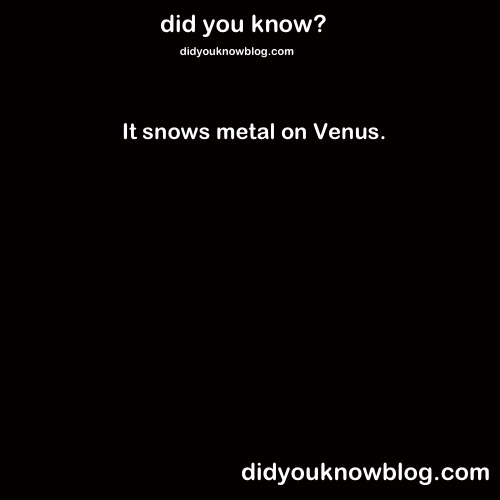
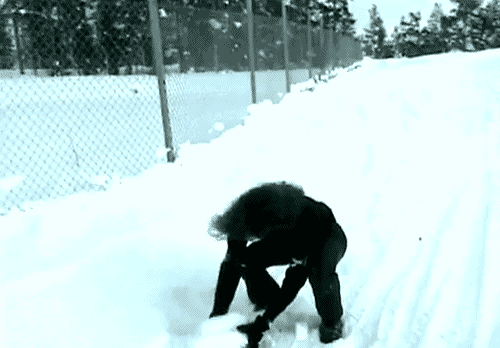

Researchers consider the complexities of bioprinting multicellular tissues
3-D bioprinting is a highly-advanced manufacturing platform that allows for the printing of tissue, and eventually vital organs, from cells. This could open a new world of possibilities for the medical field, while directly benefiting patients who need replacement organs.
Instead of waiting for a suitable donor or having the risk of their body rejecting a transplanted organ, 3-D printed organs allow patients to have a customised organ fabricated specifically to replace their faulty ones. However, even with headway that 3-D bioprinting has made in the last two decades, it is still lacking significant strides in order to produce complex 3-D biomimetic tissue constructs.
According to researchers from the Singapore University of Technology and Design (SUTD), Nanyang Technological University (NTU) and Asia University, tissue culture techniques in particular require accelerated progress to address the bottleneck of maturing bioprinted multicellular 3-D tissue constructs into functional tissues. Their research paper, titled “Print me an organ! Why are we not there yet?” has been published in the Progress in Polymer Science.
Read more.
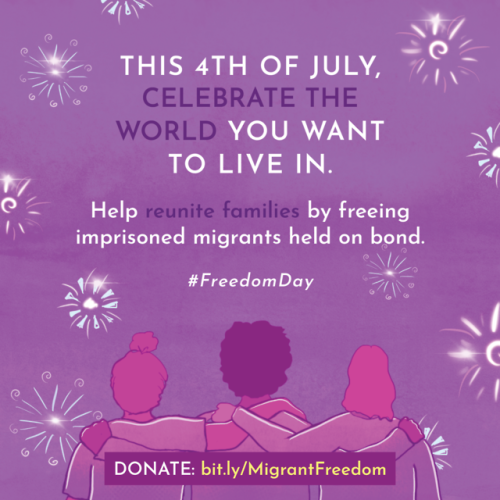
This 4th of July, celebrate the world you want to live in. Help reunite families by freeing imprisoned migrants held on bond.
On any given day in the U.S., there are over 55,000 people in immigration detention including children. Every day, community bond funds raise money to free our friends and neighbors from immigration detention and make sure they are able to work on their case from a place of freedom.
Your contribution to the 2019 Freedom Day Fund at the Community Justice Exchange will be distributed across the immigration bond funds of the National Bail Fund Network to help post bond for individuals in immigration detention.
For more information about the immigration bond funds of the National Bail Fund Network, go to bit.ly/localbailfunds.
National: Freedom for Immigrants, Haitian Immigrant Bond Assistance Project, LGBTQ Freedom Fund, RAICES Bond Fund
Arizona: Pima Monthly Meeting Immigration Bond Fund
California: Al Otro Lado - Vida Libre Bond Fund, Bay Area Immigration Bond Fund, Immigrant Families Defense Fund, Orange County Justice Fund, Borderlands Get Free Fund
Colorado: Immigrant Freedom Fund of Colorado
Connecticut: Immigrant Bail Fund
Iowa: Eastern Iowa Community Bond Project
Massachusetts: Beyond Bail & Legal Defense Fund
Michigan: Kent County I-BOND Fund
Minnesota: Minnesota Freedom Fund
New Hampshire: NH Conference UCC Immigrant & Refugee Support Group
New York: LIFE Bond Fund, New York Immigrant Freedom Fund
Ohio (and Northern Kentucky): 3R Fund for Immigrants
Texas: Fronterizo Fianza Fund, Hutto Community Deportation Defense & Bond Fund, RAICES Texas Bond Fund
Vermont: Vermont Freedom Bail Fund
Virginia: Cville Immigrant Fond Fund
Washington: Fair Fight Immigrant Bond Fund




Reunion.
That’s not justice
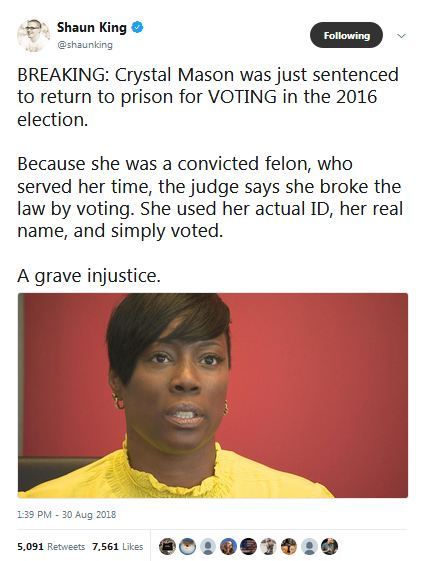



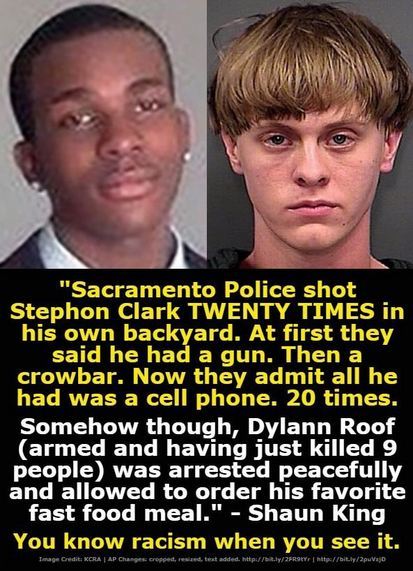

-
 la-galleta-triste reblogged this · 2 weeks ago
la-galleta-triste reblogged this · 2 weeks ago -
 ewokleader reblogged this · 1 month ago
ewokleader reblogged this · 1 month ago -
 broken-jupiter liked this · 4 months ago
broken-jupiter liked this · 4 months ago -
 annaub8z5 liked this · 5 months ago
annaub8z5 liked this · 5 months ago -
 annita89e5qypoh liked this · 6 months ago
annita89e5qypoh liked this · 6 months ago -
 anna35lxh liked this · 6 months ago
anna35lxh liked this · 6 months ago -
 annita890dzmzfmh liked this · 7 months ago
annita890dzmzfmh liked this · 7 months ago -
 aikiie liked this · 7 months ago
aikiie liked this · 7 months ago -
 wk-all liked this · 8 months ago
wk-all liked this · 8 months ago -
 iheartu1990 liked this · 10 months ago
iheartu1990 liked this · 10 months ago -
 evelyn404 liked this · 1 year ago
evelyn404 liked this · 1 year ago -
 bbiseuteu reblogged this · 1 year ago
bbiseuteu reblogged this · 1 year ago -
 bbiseuteu liked this · 1 year ago
bbiseuteu liked this · 1 year ago -
 kpop-bts-exo liked this · 1 year ago
kpop-bts-exo liked this · 1 year ago -
 rfl0werssposts reblogged this · 1 year ago
rfl0werssposts reblogged this · 1 year ago -
 rfl0werssposts liked this · 1 year ago
rfl0werssposts liked this · 1 year ago -
 deepdarkdungeondubstep liked this · 1 year ago
deepdarkdungeondubstep liked this · 1 year ago -
 tarot-freader liked this · 1 year ago
tarot-freader liked this · 1 year ago -
 xiepergabbwiszenf liked this · 1 year ago
xiepergabbwiszenf liked this · 1 year ago -
 pielustglycerchcul liked this · 1 year ago
pielustglycerchcul liked this · 1 year ago -
 sigwealthxypuber liked this · 1 year ago
sigwealthxypuber liked this · 1 year ago -
 dautilavesa liked this · 1 year ago
dautilavesa liked this · 1 year ago -
 hypnotic-soul liked this · 1 year ago
hypnotic-soul liked this · 1 year ago -
 laiflackieleb liked this · 1 year ago
laiflackieleb liked this · 1 year ago -
 evolucion-1990 liked this · 1 year ago
evolucion-1990 liked this · 1 year ago
